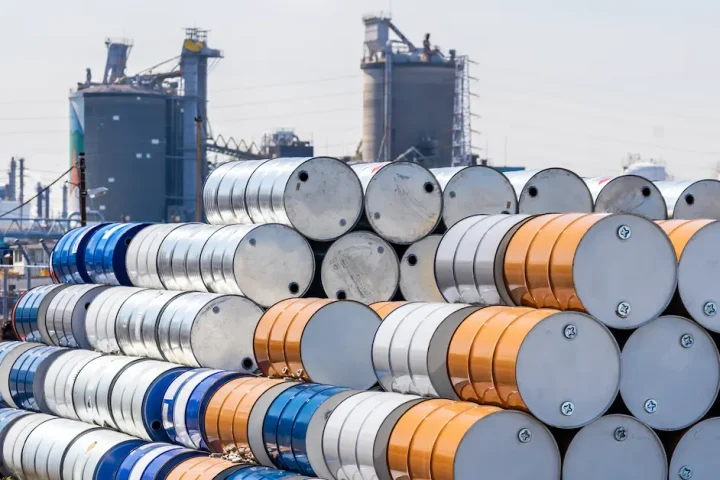.
Marcuard's Market update by GaveKal Dragonomics
First the Bank of Japan, then the European Central Bank, and now the People’s Bank of China. Last Friday, the PBOC cut its benchmark interest rates for the first time since July 2012. The direction of the move had long been foreseen, but the timing of the announcement came as a surprise. We had expected concerns over China’s high levels of domestic debt would enable the central bank to resist pressure to cut rates until the first quarter of next year. Now that the new easing cycle is under way, the key question is whether rate cuts will ignite a boom in credit growth approaching the magnitude of those seen in 2009 and 2012. We believe they will not. It is likely that loan demand will pick up from recent lows, but regulatory and economic constraints will prevent the runaway growth experienced in previous cycles. As a result, the effect on overall GDP growth will be modest, with the benefits of lower rates felt mainly by the property sector and, to a lesser extent, state-owned industries.
With a slowdown in private sector investment weighing on economic growth, inflation falling, and targeted liquidity injections failing to lower lending rates, China’s State Council demanded a reduction in corporate borrowing costs at its meeting last week. Two days later, the PBOC obliged by cutting interest rates. The reduction was asymmetric. The benchmark one-year lending rate was cut by 40bps to 5.6%, while the one-year deposit rate was cut only 25bps to 2.75%. At the same time, the central bank also pressed ahead with interest rate liberalisation, allowing banks to offer up to 20% above the benchmark deposit rate, which means the ceiling on the one-year deposit rate is unchanged at 3.3%. The demand deposit rate is also unchanged at 0.35%.
Even so, we believe both bank funding costs and lending rates will decline. Some smaller banks have left their benchmark deposit rates unchanged at 3.3%. But most, including the big five state-owned banks which account for 45% of total deposits, cut their one-year deposit rates by 25-30bps to 3%. As a result, average funding cost in the banking system will decrease by about 20bps, giving banks room to cut lending rates. Although lending rates are fully liberalised, loans are commonly priced using the benchmark lending rate as a reference, so actual loan rates will fall in line.
With inflation subdued and the government determined to bring down real borrowing costs, further easing is on the cards. While the PBOC will continue to use its new targeted easing tools and may well reduce reserve requirement ratios, if recent history is any guide, more rate cuts are likely.
The crucial question is how the new easing cycle will affect credit growth and economic growth. In both 2009 and 2012-13, credit growth surged following rate cuts. In 2009, total credit growth leaped to 36% as new bank loans doubled the target official target. In response, GDP growth rebounded to 12% and property prices skyrocketed. In 2012-13, YoY loan growth bounced modestly to 16%, but total credit growth rebounded to 22% in early 2013 as shadow financing exploded. The credit easing ignited another property boom, but the impact on the real economy was limited as real GDP growth only recovered to 7.9%.
This time around the effects will be even more modest. Although credit growth is likely to recover from its current level of 14%, several constraints will hinder a vigorous rebound. First, in past easing cycles the strongest demand for loans came from local governments. Now, the Ministry of Finance is cracking down on borrowing by local government-backed projects in an attempt to reduce debt levels. Second, with non-performing loan ratios rising, Chinese banks have become more cautious about counterparty risk and are unwilling to lend as crazily as in the past. Third, because of the strong US dollar, capital inflows have abated, limiting the scope for domestic liquidity creation. Fourth, in recent months the PBOC and the China Banking Regulatory Commission have considerably tightened the rules governing the shadow financing market which, far from expanding explosively as in the past, is now actually shrinking.
Finally, with China’s total debt-to-GDP ratio having climbed to 250%, it would be extremely difficult, or even courting disaster, for leverage to expand as quickly as before. As a result, we expect a marginal rebound in credit growth, which will benefit the property market and boost sentiment towards China’s equity market. Shanghai A-shares climbed 2.2% on Monday morning, with the promise of further rate cuts set to lift property stocks by the most, followed by big state-owned companies, which enjoy the easiest access to bank loans. However the impact on China’s overall economic growth will be limited.







